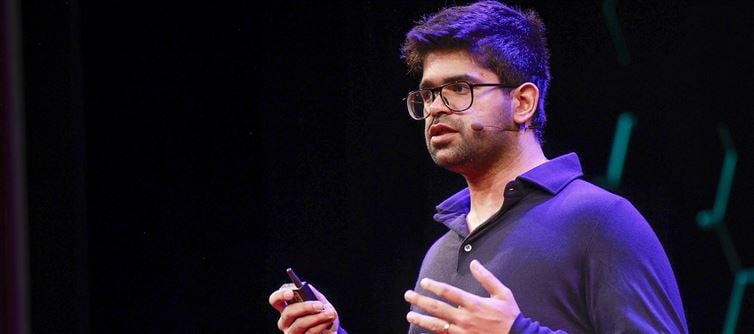
Aravind srinivas, an IIT madras alumnus who went on to complete his PhD at the university of California, Berkeley, has now built Perplexity AI into a startup valued at nearly $18 billion. His journey highlights a familiar pattern among India’s brightest minds—top students who excel at premier institutions like IITs often pursue higher education abroad, and many go on to create groundbreaking innovations and multi-billion-dollar companies in the U.S.
While this showcases India’s ability to produce world-class talent, it also underscores the challenge of brain drain, where a large share of intellectual capital ends up strengthening foreign economies instead of directly contributing to India’s growth.
The reasons behind this trend are complex and far deeper than the usual political arguments around reservation. While some students may feel disillusioned with India’s admission or job policies, the overwhelming factors driving this migration are economic and infrastructural. The U.S. offers advanced research facilities, thriving startup ecosystems, and tech salaries that can be five to ten times higher than comparable roles in India. Opportunities like the H-1B visa and strong venture capital networks further pull IIT graduates into America’s innovation hubs. For many, the U.S. becomes not just a place to study but the natural launchpad for high-risk, high-reward ventures like Srinivas’s Perplexity AI.
That said, the trend is gradually shifting as India’s economy matures. With the rise of local startup ecosystems, growing venture capital inflows, and increasing global recognition of indian entrepreneurs, more graduates are choosing to stay and build at home. India’s burgeoning tech hubs in Bengaluru, Hyderabad, and gurgaon are now seen as fertile grounds for innovation, and the success stories of homegrown unicorns are inspiring fresh confidence. While pioneers like srinivas exemplify the U.S. success route, a new generation of IIT grads is proving that world-class innovation is increasingly possible within india itself.
While this showcases India’s ability to produce world-class talent, it also underscores the challenge of brain drain, where a large share of intellectual capital ends up strengthening foreign economies instead of directly contributing to India’s growth.
The reasons behind this trend are complex and far deeper than the usual political arguments around reservation. While some students may feel disillusioned with India’s admission or job policies, the overwhelming factors driving this migration are economic and infrastructural. The U.S. offers advanced research facilities, thriving startup ecosystems, and tech salaries that can be five to ten times higher than comparable roles in India. Opportunities like the H-1B visa and strong venture capital networks further pull IIT graduates into America’s innovation hubs. For many, the U.S. becomes not just a place to study but the natural launchpad for high-risk, high-reward ventures like Srinivas’s Perplexity AI.
That said, the trend is gradually shifting as India’s economy matures. With the rise of local startup ecosystems, growing venture capital inflows, and increasing global recognition of indian entrepreneurs, more graduates are choosing to stay and build at home. India’s burgeoning tech hubs in Bengaluru, Hyderabad, and gurgaon are now seen as fertile grounds for innovation, and the success stories of homegrown unicorns are inspiring fresh confidence. While pioneers like srinivas exemplify the U.S. success route, a new generation of IIT grads is proving that world-class innovation is increasingly possible within india itself.




 click and follow Indiaherald WhatsApp channel
click and follow Indiaherald WhatsApp channel